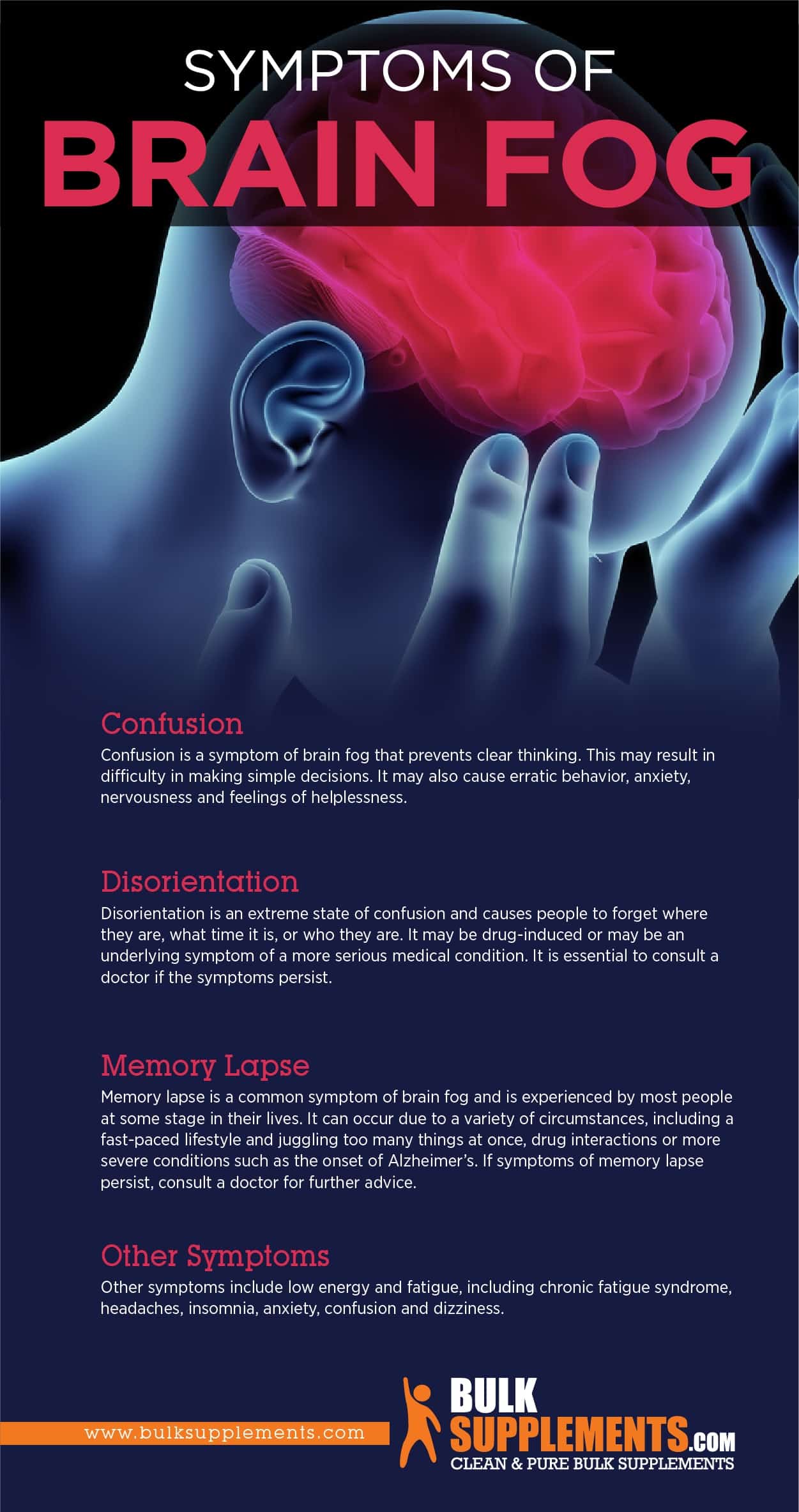
Two of these compounds, dapsone and disulfiram, which are both sulfa drugs, have been found to be effective against stationary phase B. Most of these have been in vitro studies, using essential oils, herbal compounds like Stevia, or drugs found through a search of the NCI compound collection or FDA approved drug library. There have been several studies to date evaluating persister drugs and biofilm agents in the treatment of Lyme disease. This phenotypic plasticity of Borrelia and its survival in biofilms may help to explain in part clinical conundrums and persistent symptomatology. The stationary, persister, and biofilm forms of Borrelia burgdorferi (Bb) have been found to be resistant to standard antibiotic treatments and a cause of persistent inflammation. These include immune evasion with Borrelia changing its surface antigenic expression in response to host immune responses, persistence in the intracellular compartment, and change of morphological forms in various environments, resulting in atypical cystic forms, pleomorphic round bodies (cell wall deficient, L-forms), as well as “persister” and “biofilm” forms. The ability of Borrelia to persist in the body has been hypothesized to take place through multiple mechanisms. The etiology of chronic Lyme disease/PTLDS is unknown, although several major hypotheses have been proposed to explain persistent symptoms, including persistence of Borrelia and/or borrelial antigens, persistent tick-borne co-infections, immune dysregulation, altered neural networks with central sensitization, and/or overlapping sources of inflammation. Based on the geographical spread and increasing number of individuals suffering from Lyme and associated tick-borne diseases (TBDs), and significant health care costs associated with treatment failures, the necessity of finding effective treatments for Lyme borreliosis and associated co-infections is vitally important from a public health perspective.Īpproximately 10–20% of individuals treated for Lyme disease with a 2–4-week course of antibiotics will go on to experience chronic, persistent fatigue, musculoskeletal pain, and neurocognitive difficulties that persist for more than 6 months, known as PTLDS. Estimates from the World Health Organization suggest that 17% of human global infectious diseases are vector-borne, with Borrelia burgdorferi sensu lato complex and relapsing fever borreliosis comprising the major Borrelia spp. Ticks can contain a broad range of bacteria (e.g., Borrelia spp., Rickettsia spp., Francisella tularensis), viruses (e.g., tick-borne encephalitis virus, Powassan virus), and parasites (babesia).

In Europe, Lyme borreliosis is also the most common tick-borne disease, and worldwide estimates suggest an increase in tick-vectored disease incidence and distribution. Lyme disease affects over 300,000 Americans per year, and at least 2 million individuals in the United States have been estimated to be suffering from post-treatment Lyme disease syndrome (PTLDS).
#Lyme brain fog treatment burbur trial
A randomized, blinded, placebo-controlled trial is warranted to evaluate the efficacy of DDD CT in those individuals with chronic Lyme disease/PTLDS. In conclusion, double-dose dapsone therapy could represent a novel and effective anti-infective strategy in chronic Lyme disease/post-treatment Lyme disease syndrome (PTLDS), especially in those individuals who have failed regular dose dapsone combination therapy (DDS CT) or standard antibiotic protocols. A retrospective chart review of 37 additional patients undergoing DDD CT therapy (40 patients in total) was also performed, which demonstrated tick-borne symptom improvements in 98% of patients, with 45% remaining in remission for 1 year or longer. At the completion of therapy, all three patients’ major Lyme symptoms remained in remission for a period of 25–30 months. Three patients with multi-year histories of relapsing and remitting Lyme disease and associated co-infections despite extended antibiotic therapy were each given double-dose dapsone combination therapy (DDD CT) for a total of 7–8 weeks.


 0 kommentar(er)
0 kommentar(er)
